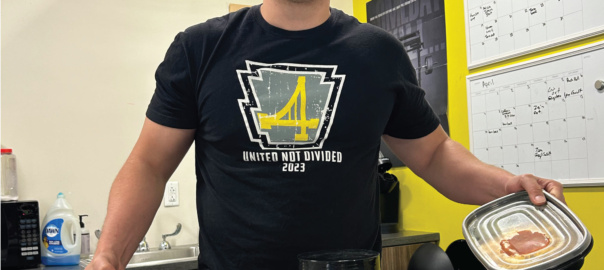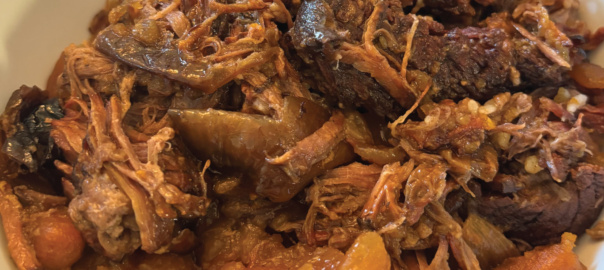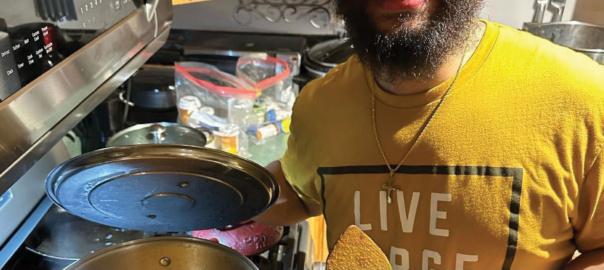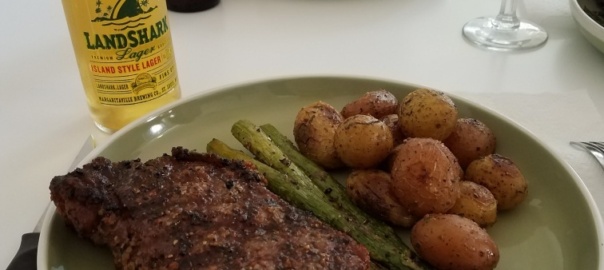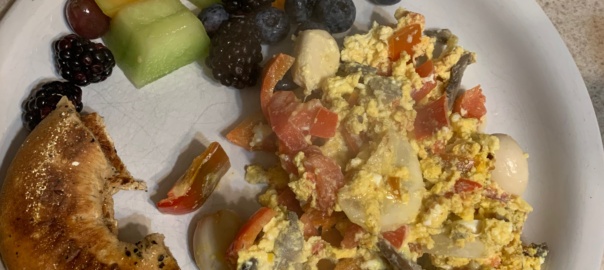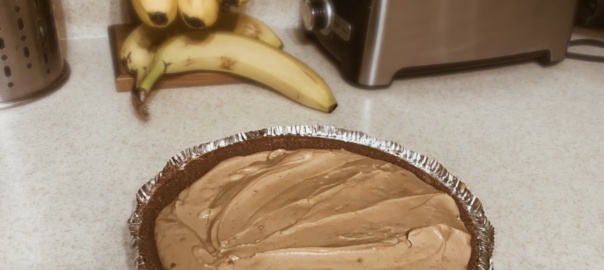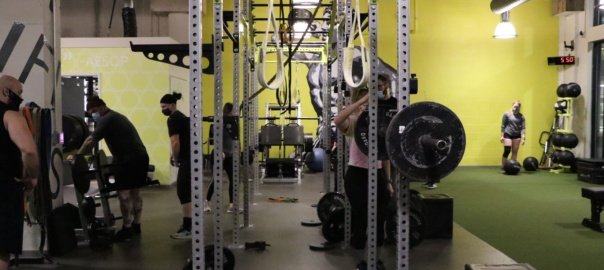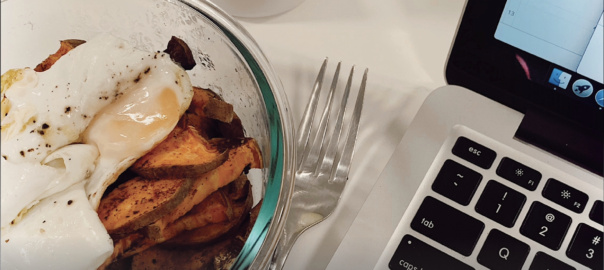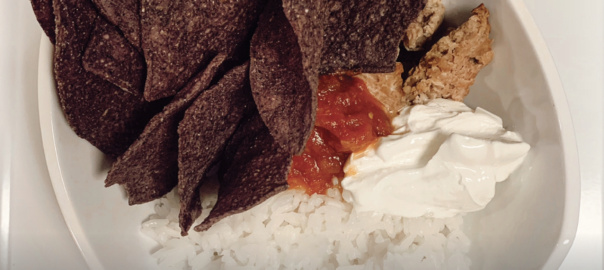Hey everyone!
With summer rolling around, I thought I would share with you all a few fairly easy high protein foods that I like to cook when I meal prep.
- Spicy Salsa Chicken- Dense in protein, low in fat, and is a good mix up if you are tired of eating plain grilled chicken.
Ingredients- 1-2 cans/glasses of salsa. 1 Franks hot sauce, salt and pepper. 1 package of chicken breast
- Get a crock pot and throw in the pack of raw chicken breast.
- Season it as you would like while it is in crock pot.
- Dump all the salsa into the crock pot and ensure all the chicken is covered.
- Add as much Franks hot sauce as you would like
- Cook on low heat for 8 hours
- Grass Fed Steak- Everyone loves a good steak. High in protein but moderately high in fat.
Ingredients- Grass Fed Steak, Goya Adobo Seasoning, Olive Oil
- Preheat oven at 400 degrees Fahrenheit
- Season steak on both sides with adobo seasoning and tenderize by beating the steak
- Heat up Olive oil on pan on high
- Once pan has heated with the olive oil, place steaks on pan for 30-45s on each side. This is done to get a nice pan sear on each side of the steak
- After each side of all steaks are seared, throw them onto a baking sheet and cook for 6-8 minutes in the oven. Check to see if your steak is done by using a thermometer or by cutting into it. May need to throw steaks back in if they are too rare for your liking!
- Ground Turkey and Grass Fed Beef Burgers- High in protein but moderately high in fat. Can substitute for all ground turkey instead of ground beef to lower fat content.
Ingredients- 2 lbs of 93-7 Ground Turkey (or leaner), 1 lb of 80-20 ground beef, worcestershire sauce, salt and pepper, Olive oil
- Combine ground beef and ground turkey together in a bowl. Mix together for a few minutes to get a solid mixture of the two meats.
- Add 3 T of Worcestershire sauce along with desired amount of salt and pepper to the ground turkey and ground beef. Mix well again.
- Preheat olive oil in pan on medium-high
- Make 12 patties with the 3 lbs of raw meat by rolling meat into balls and forming them to make a burger size. I use a pampered chef burger press.
- Once pan is hot, throw the patties onto the pan and cook for 4 minutes on each side on medium high heat. The trick is to only flip the burger ONCE.
- Now you have fairly high protein burger patties. Feel free to add bread or lettuce as a bun and whatever condiments you would like!
If you end up using any of these small recipes then please let me know! I think they are all pretty tasty but the Salsa Hot Chicken is probably the easiest to make!
-Zain
